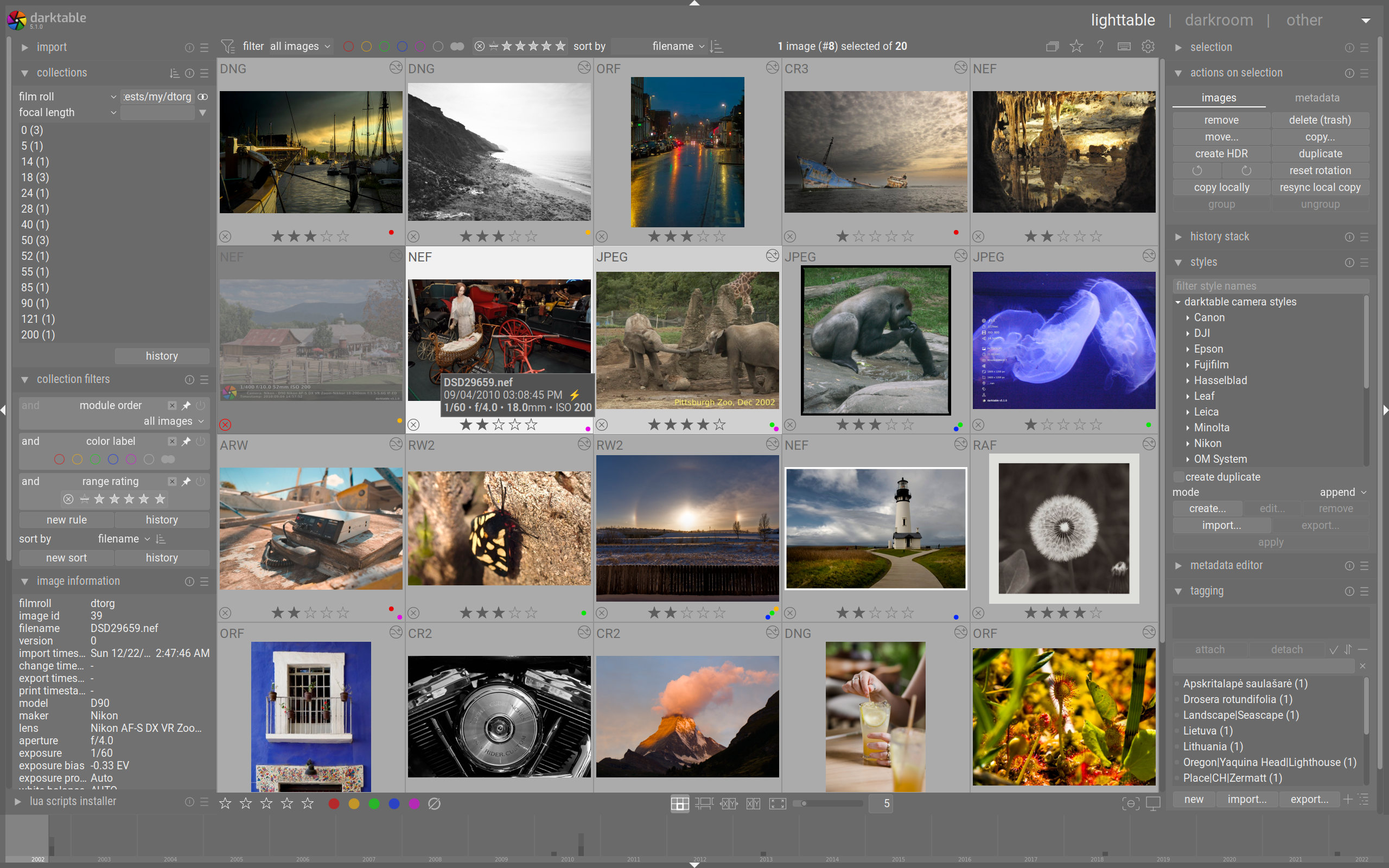In our last post, we talked about using a monopod to give your camera a view from above.
But sometimes you want to take a camera low, or into a place that's tight. A selfie-stick provides a great opportunity to get unique angles with a cellphone camera.
Selfie sticks are good for this because they are extendable and you don't need to hit the on-screen button to trip the shutter.
If you haven't seen one yet, a selfie stick is a device you can mount a cellphone camera on and, using either a Bluetooth trigger or a plug in the earphone port (sorry iPhone users. Blame Tim Cook), you can take a picture by pressing a button on the handle.
The original idea for this was taking a picture with the front camera on the phone, allowing you to hold the camera farther out than your arm's length, thus getting a better-looking picture (that wide-angle lens on a cellphone's front camera is not your friend) or get more people in the shot.
I bought one at the local dollar store because the mounting clip would also work on a tripod, but I found uses for the stick, such as doing video.
But we discovered you can use it to get a camera either really low without having to crawl around on the grass, or use it to view under things or to look inside small spaces.
We were raising some rabbits who decided they'd rather raise their kittens (yes, that's the correct term for baby rabbits, not bunnies) underground rather than a nesting box in their enclosure. After the litter was raised, we were going to close off the hole to ensure they didn't try to reenact The Great Escape. (They actually gnawed through chicken wire to dig the hole in the first place.)
But before we started, one of my sons had the idea to see what it looked like inside the hole. So, I got my selfie stick out, put my old cellphone in the clip and hooked up the shutter cable, and we lowered it inside, with the "flash" set to automatic.
As you can see, we got a decent look at the inside of the rabbit hole.
No, we didn't find any girls named Alice down there.
If you're going to do something like that, make sure the phone is secure on the end of the stick, even if you have to wrap a rubber band around it.
*Let's be honest. When a cellphone uses its "flash" it's just quickly turning the LED flashlight on and off. It's not a real flash in the sense of a sudden burst of light as a capacitor discharges into a tube.)








